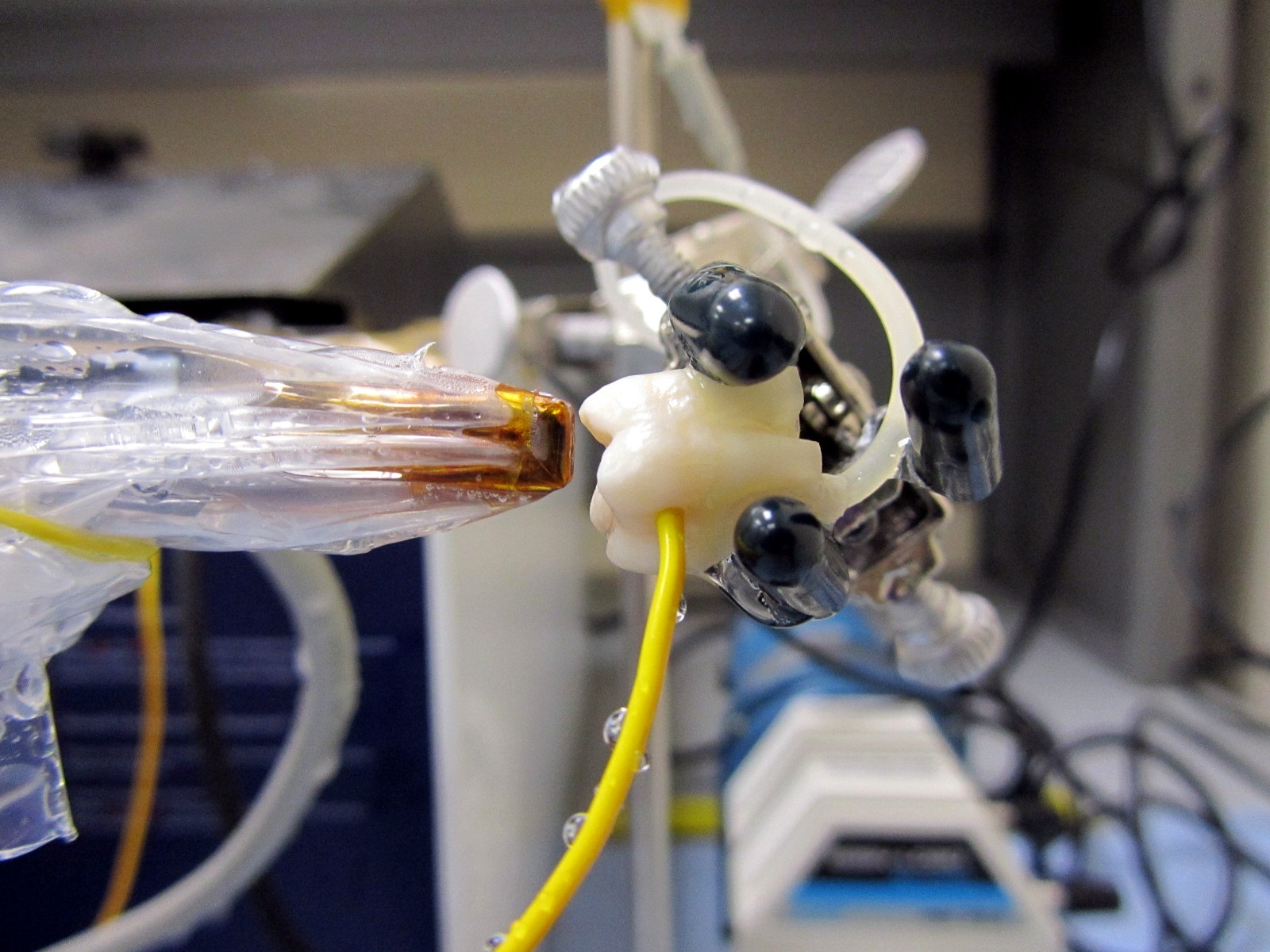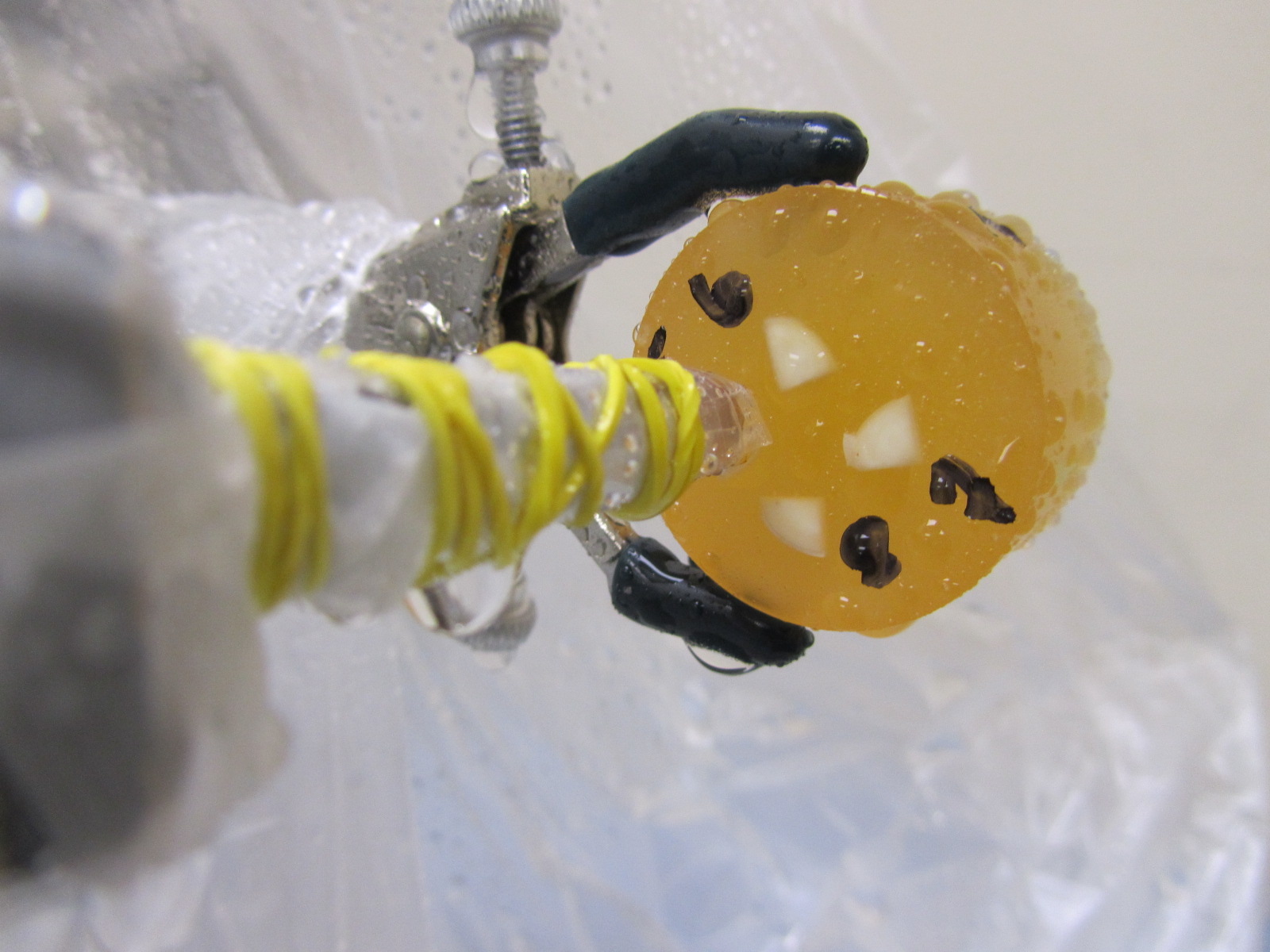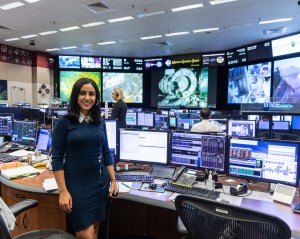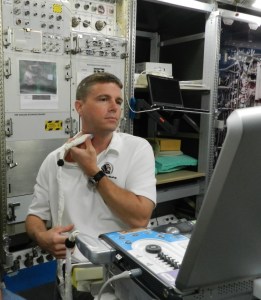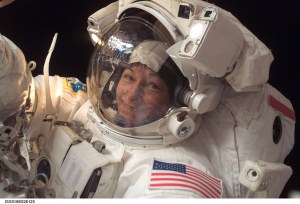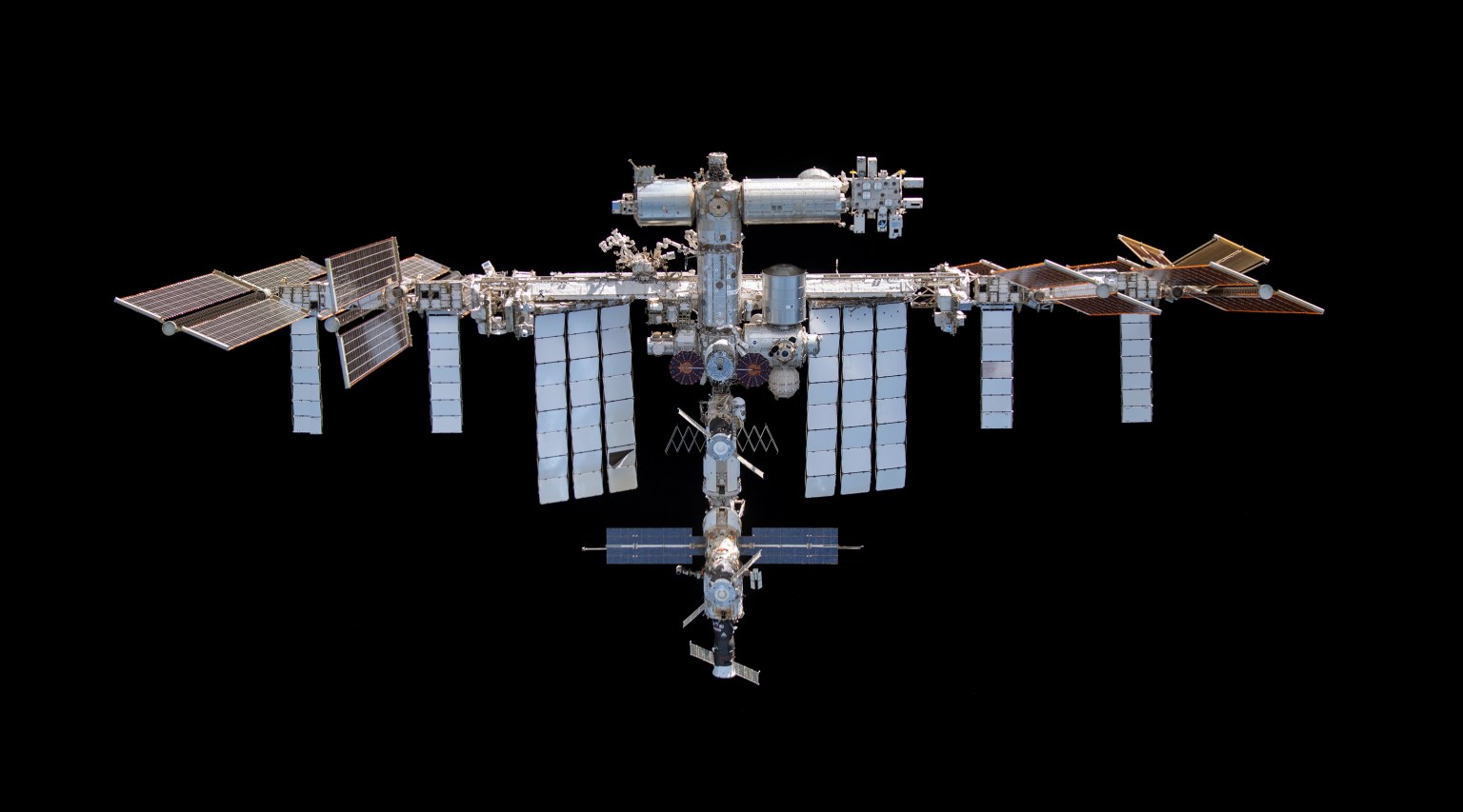Researching Health Care for Exploration
Future long-duration missions to Mars will bring new challenges to the health and well-being of astronauts. Potential medical issues associated with dental care, treatment for skin disorders, and emergency wound closure can become more serious and likely to occur the longer crewmembers are away from Earth. The Biomedical Engineering for Exploration Space Technology (BEEST) Laboratory is a unique collaboration between NASA’s Biomedical Research and Environmental Sciences (BR&ES) Division and the Engineering Directorate, Avionics Systems Division, and is dedicated to the development of innovative technologies and noninvasive countermeasures to close existing knowledge gaps for future manned space exploration as well as improve quality of life here on Earth. The BEEST cell culture lab, the Bioanalytical Core Laboratory, and the Avionics Radiofrequency System Laboratory Complex are JSC facilities that support this research and development effort. This research includes two essential elements: (1) generation of a wide variety of novel, customized cell and tissue-based models to facilitate proof of concept, prototype development, and validation; and (2) design and development of new portable, lightweight, miniaturized, and user friendly microwave-based prototype hardware. Cell-based models created by this lab include contracting skeletal muscle, gingival fibroblast, integrated bacteria and skin testbeds, and a variety of tooth models.
Technologies such as no-drill portable dental care, emergency wound treatment, and water decontamination can have useful applications in medical settings, the military, and in underserved and isolated areas. The BEEST staff collaborate and work closely with numerous academic institutions and small businesses across the country.
Autonomous Clinical Care
Astronauts traveling to Mars will be farther from Earth-based medical care than ever before. The estimated incidence rate for a serious illness or injury requiring emergency care is approximately one person per exploration mission. Crewmembers will need to address medical emergencies with minimal or no real-time support from mission control. Therefore, medical equipment needs to be user-friendly so that a nonexpert dentist or physician can treat other crewmembers.
Dual-use microwave technology could be effective in treating a variety of medical conditions, as well as a viable approach for astronaut hygiene and housekeeping. This multi-use approach could help satisfy the stringent up mass requirements and the need for disinfectants or reagents on exploration class missions, as well as improve system functionality and longevity of components enhancing the function of water systems by reducing and eliminating microbial contaminants with significant cost reduction.
Successful New Technology Developments
Examples of critical needs for an extended mission to Mars include technologies and methods for emergency wound closure and dental care. The rapid closure of wounds can help prevent infection, facilitate healing and restore function. This is critical when the human immune system is altered, weakened under spaceflight conditions. Laboratory personnel developed a quick treatment approach using proteins and selected radio frequencies for wound closure, without the use of sutures. During surgery, this approach also could be useful for sealing organs, and large human visceral organs would have added benefit of homeostasis. Regarding no drill dental care, the BEEST team is developing portable emergency dental care for the treatment of caries and in situ tooth repair using novel composites. This is a noninvasive approach for caries management based on in situ modulation of acid-producing bacteria using focused microwave energy. In addition, the native tooth structure, enamel, and dentin remain unaltered when exposed to microwave energy at frequencies and time scales used to kill tooth bacteria.
Patents
- Methods and apparatus for microwave tissue welding for wound closure
US Patent number: 8388613 - Method and device for treating caries using locally delivered microwave energy
US Patent number: 10966809 - Systems and method for decontaminating a tube
US Patent number: 10918751 - Microwave-based water decontamination system
US Patent number: 9328000 - Microwave-based water decontamination system
US Patent number: 9242874
Points of Contact
Diane Byerly, Ph.D.
Corey Theriot, Ph.D.




























